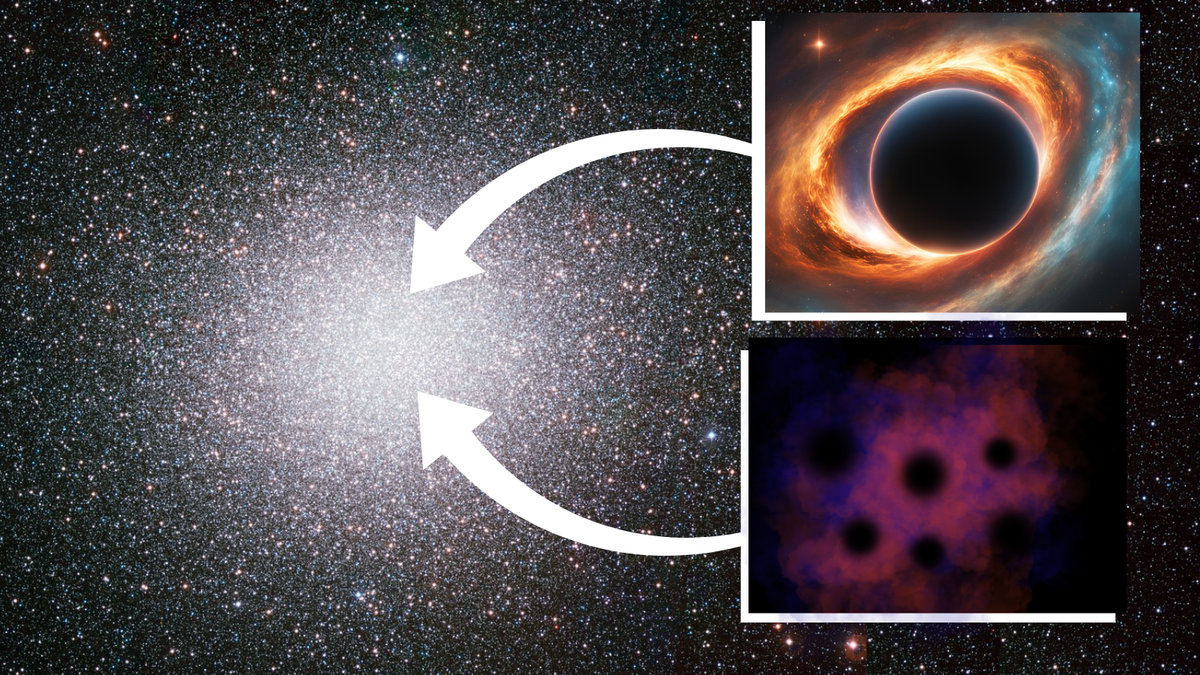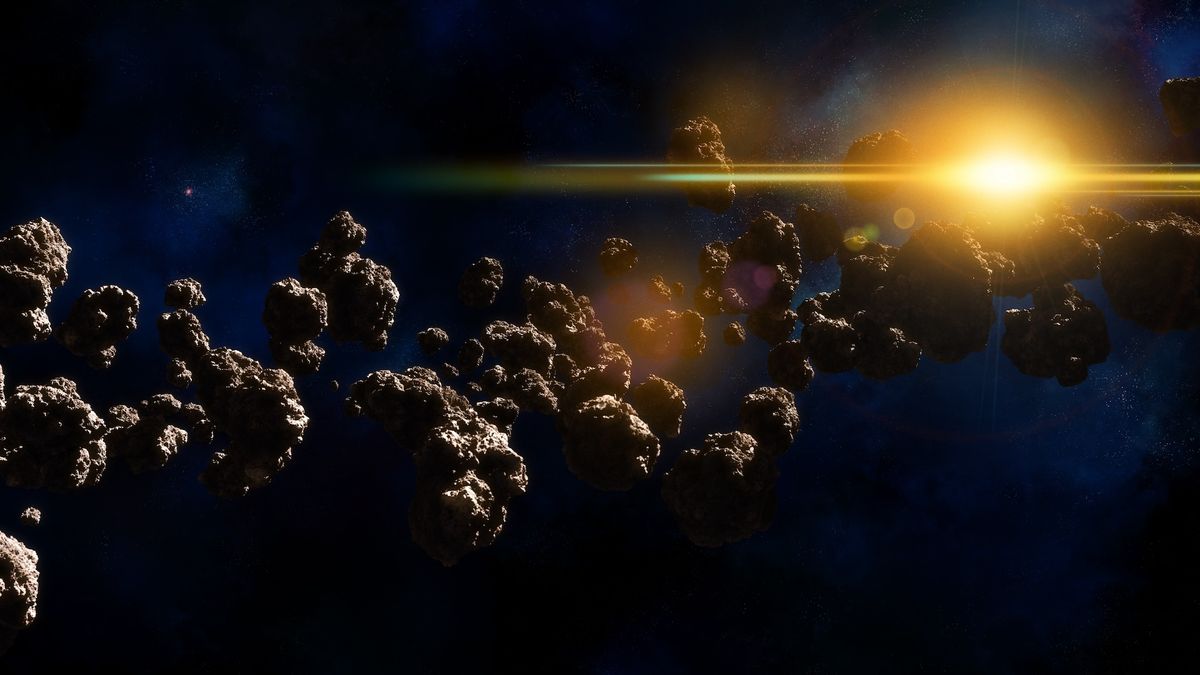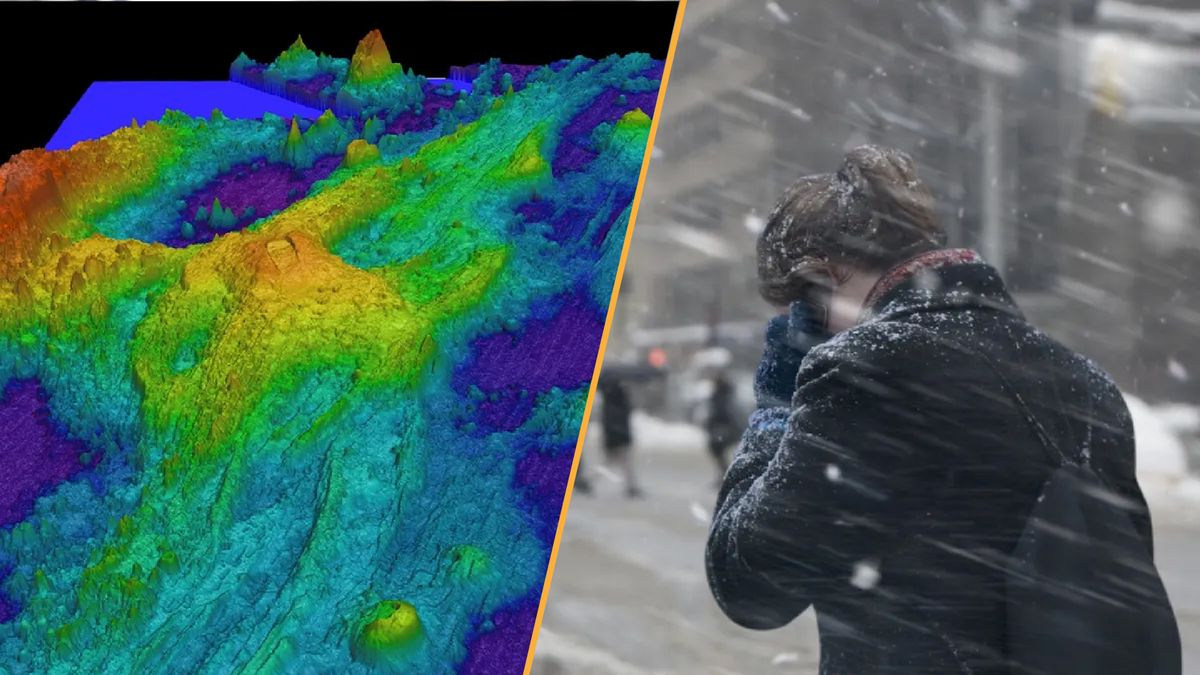New research may have delivered bad news for scientists who thought they had discovered a “missing link” black hole in a dense Milky Way star cluster.
The new findings imply that, rather than a rare intermediate-mass black hole, there is a cluster of stellar-mass black holes in Omega Centauri, believed to be the remains of an ancient galaxy cannibalized by the Milky Way.
“The hunt for elusive intermediate-mass black holes continues,” said study team member Justin Read, a scientist at the University of Surrey in England. “There could still be one at the center of Omega Centauri, but our work suggests that it must be less than about 6,000 times the mass of the sun and live alongside a cluster of stellar mass black holes.”
Astronomers were first tipped off to the possible presence of a black hole in Omega Centauri, which contains an estimated 10 million stars, when they noticed that some of those stars were moving faster than expected.
Related: Scientists discover 2 stars orbiting our galaxy’s supermassive black hole in lockstep — and they could point to a type of planet never seen before
Last year, a team of astronomers conducted an investigation with the Hubble Space Telescope and believed that they found an intermediate-mass black hole with a mass equivalent to around 8,200 suns.
A reanalysis of that star cluster, however, indicates that this may not have been the case after all.
Why do ‘missing link’ black holes matter?
As their name suggests, intermediate-mass black holes occupy the realm between stellar mass black holes (with 10 to 1,000 solar masses) and supermassive black holes that sit at the heart of galaxies, with masses equal to millions or even billions of suns.
The reputed discovery of an intermediate-mass black hole so close to Earth was exciting because these black holes, thought to be a crucial link in the chain of mergers that helps black holes reach supermassive status, have been notoriously elusive. This is despite the fact that scientists think they should be common in the universe.
That is because, like all black holes, they are bounded by a one-way light-trapping surface called an event horizon. This means black holes can only be seen when surrounded by matter that they feed on to grow, and which heats with tidal forces to generate bright light.
Intermediate black holes are thought to be “stalled” or “frozen in time,” because they lack gas and dust around them to feed upon. This also means they’re effectively invisible, since the only way to infer their presence is the effect their gravity has on stars around them.
Interactions with the gravity of an intermediate-mass black hole at the heart of Omega Centauri were thought to have accelerated stars in the center of this dense cluster to high speeds.
“We have long known about supermassive black holes at galaxy centers and smaller stellar-mass black holes within our own galaxy,” team member and Instituto de Astrofísica de Canarias researcher Andrés Bañares Hernández said in a statement.
“However, the idea of intermediate-mass black holes, which could bridge the gap between these extremes, remains unproven,” he added. “By studying Omega Centauri — a remnant of a dwarf galaxy — we have been able to refine our methods and take a step forward in understanding whether such black holes exist and what role they might play in the evolution of star clusters and galaxies.
“This work helps resolve a two-decade-long debate and opens new doors for future exploration.”
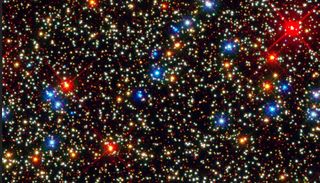
Another possible explanation for the observed star velocities is a cluster of stellar-mass black holes, which are predicted to grow in dense star clusters like this one.
However, astronomers believe that interactions with other stars would likely have “slingshotted” these more diminutive black holes out of this system. That left an intermediate-mass black hole as the most likely explanation for the high-velocity stars at the heart of Omega Centauri —until now.
In the new study, researchers factored in another important data source when considering Omega Centauri, which significantly changed things.
Keeping time with cosmic lighthouses
The additional data came from “cosmic lighthouses” called pulsars.
Pulsars are rapidly spinning cosmic remnants called neutron stars that form when massive stars run out of fuel and collapse under their own gravity.
As these dead stars spin as fast as 700 times per second, they also blast out beams of radiation from their poles. These beams sweep across the universe like the light from a cosmic lighthouse.
When they swivel to point at Earth, pulsars brighten, making them appear to pulse. Because this pseudo pulsing is highly periodic when considered en masse in what scientists call a pulsar timing array, these cosmic lighthouses transform into a highly accurate time-keeping tool.
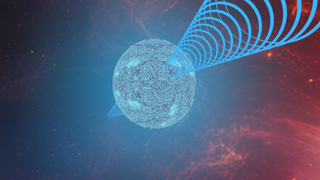
Changes in the timing of pulsars can indicate the presence of intense gravitational fields accelerating these dead stars. The addition of pulsar data allowed the team to probe the gravitational fields at the heart of Omega Centauri in greater detail.
This allowed the team to distinguish between the effect of an intermediate black hole and a cluster of stellar-mass black holes. The team determined that the latter was the most likely explanation for the velocity of stars at the center of Omega Centauri.
The team isn’t too disheartened by their findings. Read, for one, thinks it is only a matter of time before astronomers start turning up intermediete-mass black holes.
“There is every chance of us finding one [an intermediate-mass black hole] soon,” Read said. “More and more pulsar accelerations are coming, allowing us to peer into the centers of dense star clusters and hunt for black holes more precisely than ever before.”
In the meantime, the team’s research could help astronomers better understand the mechanisms that birth pulsars.
“The formation of pulsars is also an active field of study, because a large number of them have recently been detected,” Hernández concluded. “Omega Centauri is an ideal environment to study models of their formation, which we have been able to do for the first time in our analysis.”
The team’s research has been accepted for publication in the journal Astronomy & Astrophysics.
Originally posted on Space.com.




